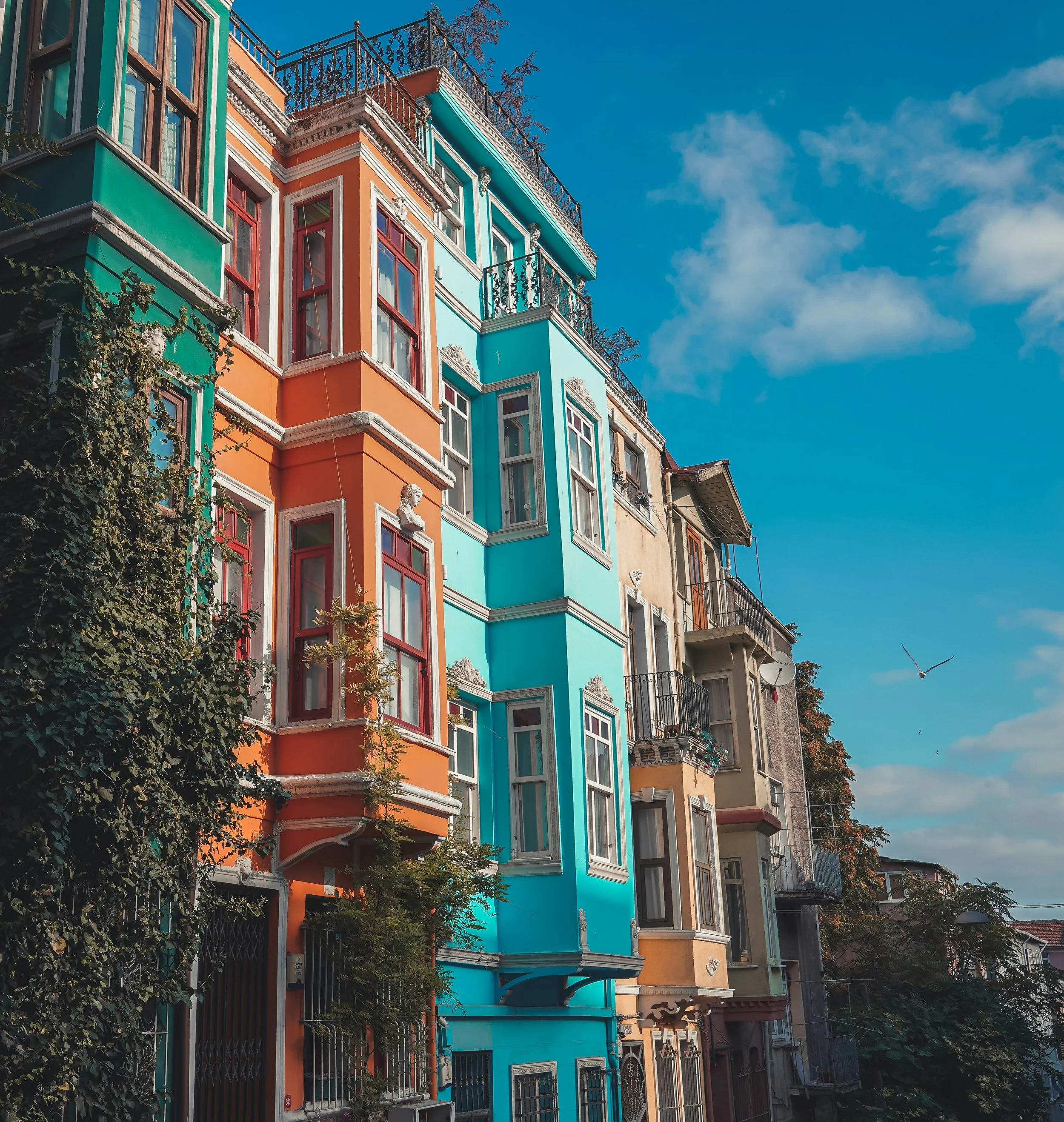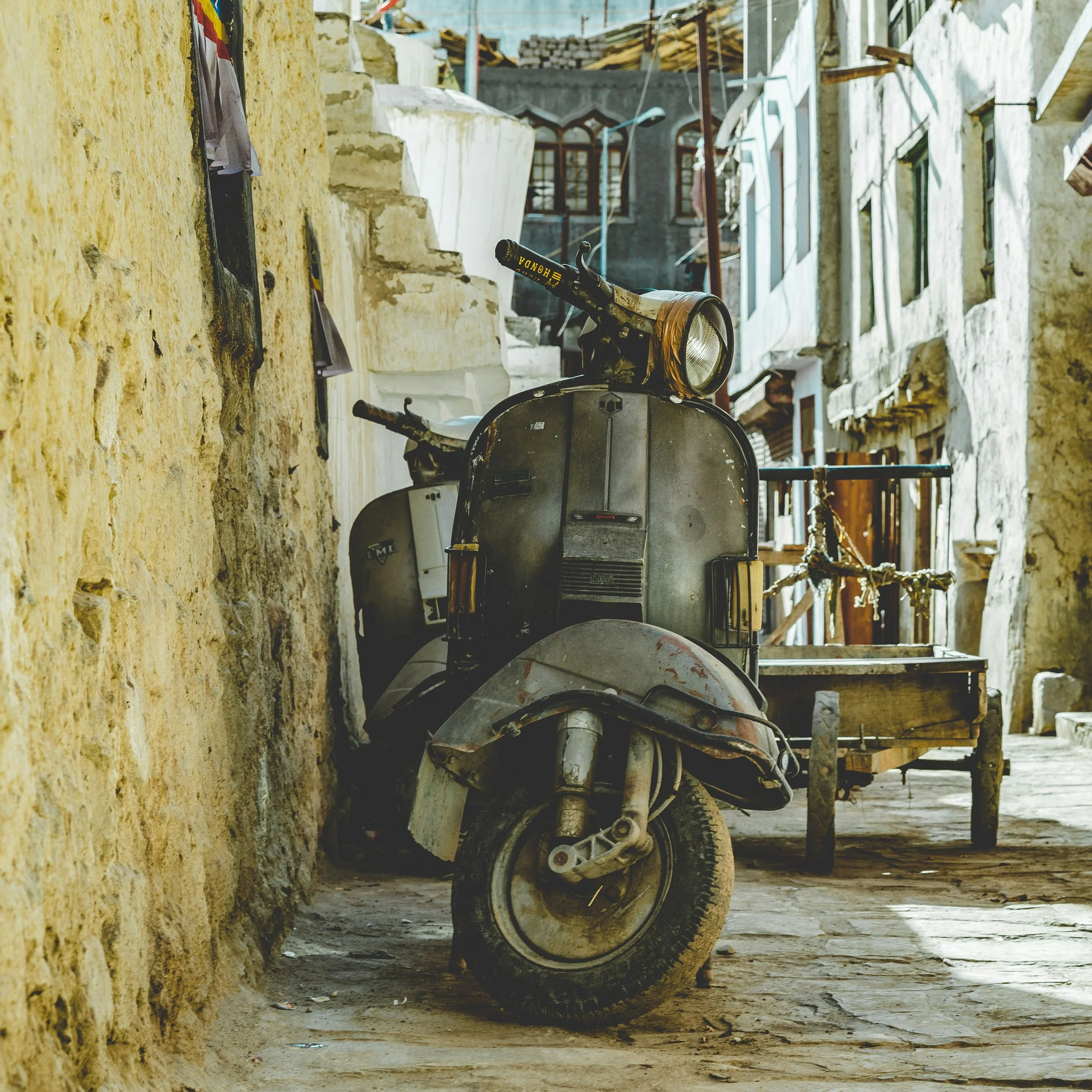Malta’s Moments
Malta’s Moment (or: How to Photograph Eternity with a Hasselblad)
Standing at Valletta’s City Gate, I had the distinct impression that Malta isn’t so much a country as it is a geological experiment in how many civilizations you can stack on a rock before the whole thing tips over into the Mediterranean. Phoenicians, Carthaginians, Romans, French, British—everyone seems to have left a postcard and a broken column here. UNESCO, with a talent for understatement, simply calls it “one of the most concentrated historic areas in the world.” Translation: you can’t swing a Hasselblad without hitting a Corinthian column.
Which I did, incidentally. The Hasselblad 500 C/M with film, to be exact. A camera built for lunar landings and fashion divas, now pressed into service on a sun-drenched limestone island. I also brought the digital back, because apparently even eternity needs to be captured in RAW these days. Switching between Kodak Portra and a sensor felt like toggling between Caravaggio and Canva.
From the monumental gate—Renzo Piano’s minimalist facelift to centuries of architectural hangovers—I looked down at 16th-century fortifications, a 1950s fountain that looks suspiciously like an Italian cousin of Las Vegas kitsch, and Baroque domes peeking over the hills. It’s a palimpsest, yes, but one that’s been proofread by a very orderly Knight Templar with OCD.
And Malta isn’t content to just bask in history—it’s busy auditioning for the future. MICAS, the new contemporary art space carved out of an 18th-century hospice, feels like a mash-up between a medieval dungeon and a Scandinavian furniture showroom. There’s a knit tree climbing into the rotunda (because why not), kinetic light sculptures doing interpretive dances underground, and a local artist’s steel-and-rod installation that looks like IKEA if you forgot the Allen key.
Of course, Malta’s soul is still Mediterranean, which means food. I tried to photograph my plate at Ion Harbour—two Michelin stars, several artistic prawns, and a sauce with more syllables than calories—but my Hasselblad, like Caravaggio, doesn’t do half portions. The lens simply refused. Somewhere in the blurred background, a bottle of Gellewża wine judged me silently.
Development here is sprinting as fast as a ferry to Sicily: new airline, revamped ports, electric cruise ship chargers. By 2030, gas cars are gone, which means that by then, photographing Valletta’s streets will finally be possible without a Peugeot in the frame.
On my last day, I stood inside St. John’s Co-Cathedral before Caravaggio’s The Beheading of Saint John the Baptist. The cathedral has now gone full Disney, projecting animations onto the walls to explain the painting. Imagine Caravaggio’s chiaroscuro, but with PowerPoint transitions. My Hasselblad’s shutter made its emphatic clack, which sounded dangerously like judgment.
And yet—between the film negatives, the digital RAWs, and the centuries of stone stacked into improbable harmony—Malta seemed less like a museum and more like a sly reminder that history is only interesting when it insists on being inconveniently alive.





